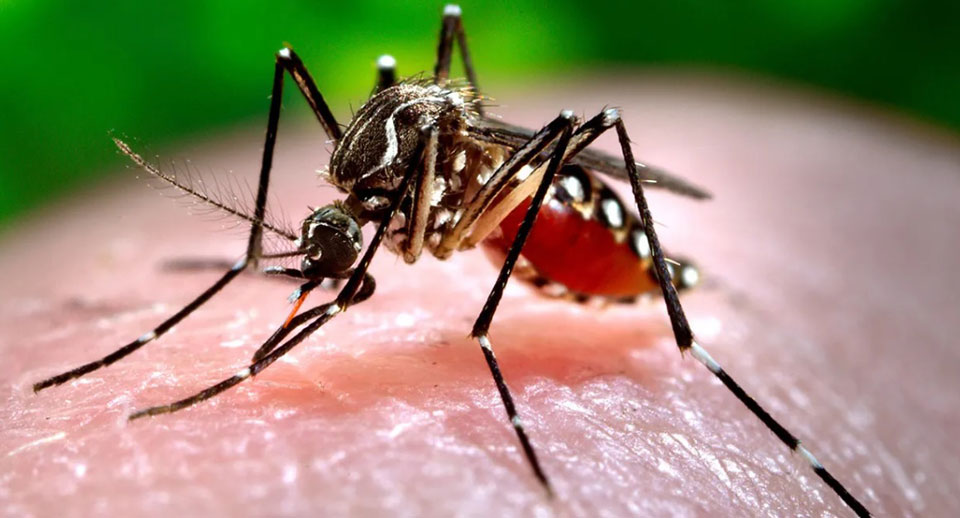
If greenhouse gas emissions continue to rise until 2080, dengue fever could spread through much of the southeastern U.S. by 2050.
That’s one of the findings in a study published in Nature Microbiology Monday on the potential spread of the mosquito-borne disease, which currently kills around 10,000 people per year and sickens 100 million. The study also predicted the disease would expand to higher altitudes in central Mexico, to northern Argentina, to inland Australia, to large coastal cities in eastern China and Japan, to southern Africa and to the West African Sahel.
The study incorporated data on mosquito behavior, urbanization and different climate changescenarios to predict how dengue fever would spread in 2020, 2050 and 2080, The New York Times explained. In the most extreme climate scenario, emissions continue to rise. In another, emissions rise through 2080 and stabilize by 2100 and, in the third, they peak in 2040. In all scenarios the spread of dengue increased, but it decreased slightly between 2050 and 2080 in the lowest-emission scenario.
“This suggests that curbs in emissions and more sustainable socioeconomic growth targets offer hope of limiting the future impact of dengue,” the researchers wrote.
The study was unique from previous research in that it did not only focus on how climate change would impact the spread of dengue. It also focused on urbanization. That is because dengue is a disease that thrives and spreads in cities.
“When people hear mosquito-borne disease they think about forest areas. But dengue is very much the disease of the 21st century – it happens in big cities. In big cities you have lots of people moving around very quickly,” lead study author and assistant professor at the London School of Hygiene and Tropical Medicine Oliver Brady told The Telegraph.
The study found that 2.25 billion more people would be at risk from dengue by 2080, or 60 percent of the world’s population. But most of that increased risk would be driven by population growth in areas where the disease is already endemic, not by an expansion in its geographic range.
Much of its future expansion will therefore be in places that have the fewest resources to address it, such as sub-Saharan Africa, which is urbanizing quickly, Brady wrote in a “Behind the Paper” note on the article.
“Our hope is that future research on dengue and climate change can expand to include mitigation strategies for those in endemic areas, in addition to assessing the risk of spread to western nations,” Brady wrote.
Dengue fever is transmitted by the Aedes mosquitoes that also carry Zika and chikungunya. It is also called breakbone fever, and symptoms can include fever, joint pain and internal bleeding, according to The New York Times.
“For a healthy individual dengue is an awful experience that you never forget,” Eastern Connecticut University associate professor Josh Idjadi, who caught the disease in French Polynesia, told The New York Times. “For infants and elderly and the infirm, they’re the ones that are going to be at risk.”
There is a vaccine, but it does not work for the majority of people.
‘Taking action now by investing in trials of novel vaccines and mosquito control, curbing carbon emissions and planning for sustainable population growth and urbanization are crucial steps for reducing the impact of the virus,” study author and University of Washington Health Metrics Sciences Professor Simon I. Hay recommended to The Telegraph.
This article was reposted from EcoWatch.










